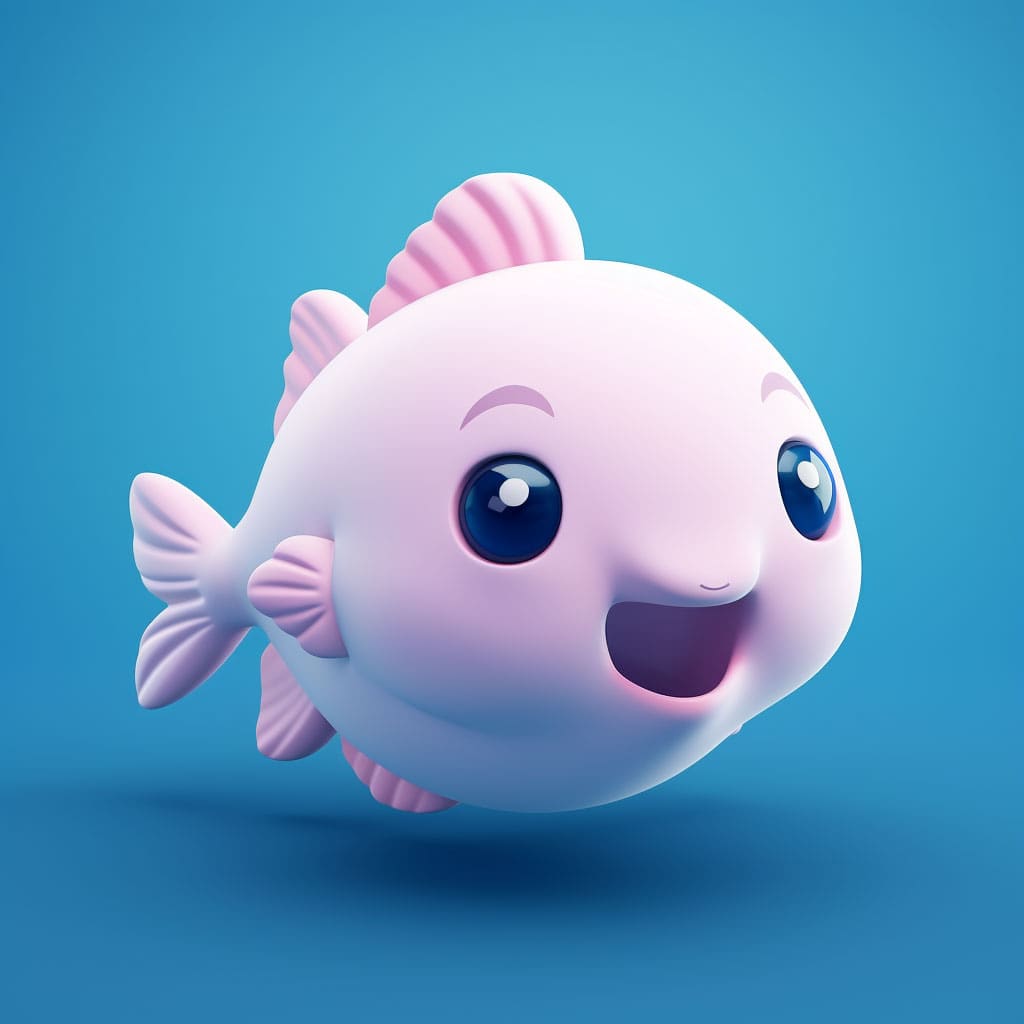The blobfish (Psychrolutes marcidus) is a fascinating and unique-looking deep-sea fish that has gained popularity in recent years due to its unusual appearance. Here are some fun facts about the blobfish:
- Appearance: The blobfish has a gelatinous and blob-like appearance, which is a result of its specialized body structure that allows it to adapt to the extreme pressures of the deep-sea environment.
- Habitat: Blobfish are found at depths of around 2,000 to 4,000 feet (600 to 1,200 meters) in the deep waters off the coasts of Australia and Tasmania. They inhabit the abyssal plains of the ocean.
- Pressure adaptation: The blobfish lacks a swim bladder, a gas-filled organ that helps most fish control their buoyancy. Instead, its flesh has a density that is slightly less than water, allowing it to float effortlessly in the high-pressure deep-sea environment.
- Rarely seen: Blobfish are not commonly encountered by humans as they reside at great depths. When brought to the surface, the drastic change in pressure and temperature causes them to lose their shape, making them appear even blobbier.
- Diet: Blobfish are thought to be opportunistic feeders, preying on whatever small creatures happen to drift close to them, such as deep-sea crustaceans.
- Conservation status: Blobfish face threats due to deep-sea trawling, which accidentally captures and kills them as bycatch. As a result, they are listed as “Vulnerable” by the International Union for Conservation of Nature (IUCN).
- Blobfish relatives: Blobfish belong to the family Psychrolutidae, which includes other deep-sea dwelling fish with unique adaptations to their harsh environment.
- Survival strategy: To conserve energy in the deep sea, blobfish have minimal muscle mass, and their gelatinous appearance is actually an energy-saving adaptation.
- Facial expression: While images of blobfish are often portrayed as sad and droopy, they likely don’t look that way in their natural habitat. The distortion of their appearance occurs when they are brought to the surface due to pressure changes.
- Breeding habits: Not much is known about the reproduction of blobfish in the wild. However, like other deep-sea fish, they are believed to have a low reproductive rate due to the challenges of their environment.
While the blobfish might not be conventionally cute like some animals, it is a fascinating creature that has adapted remarkably to its deep-sea home.
